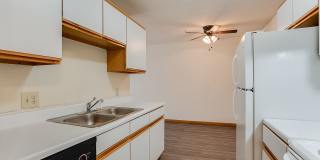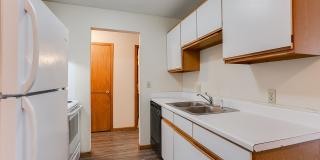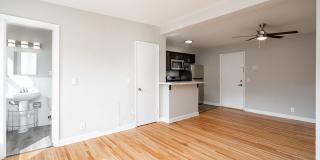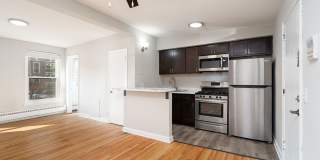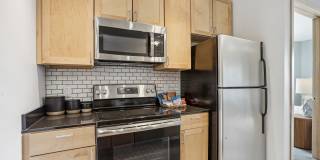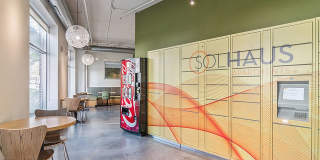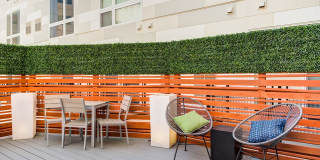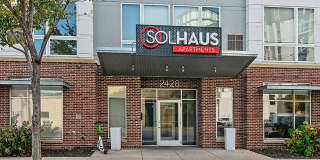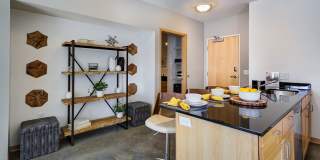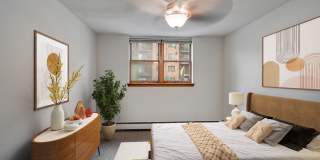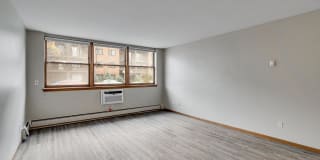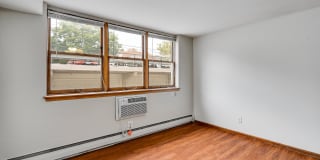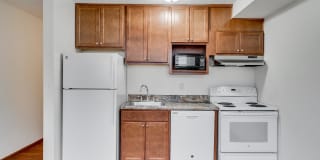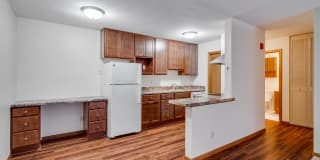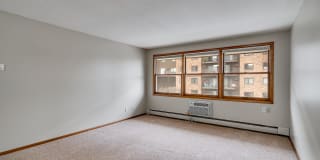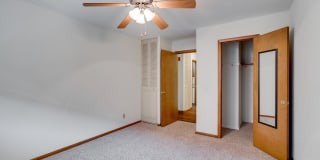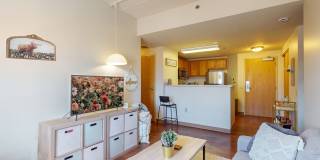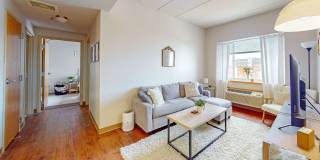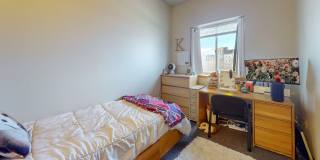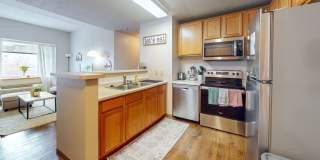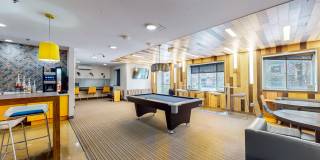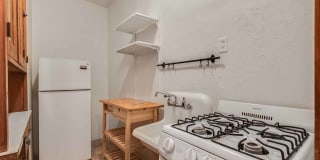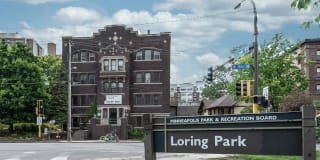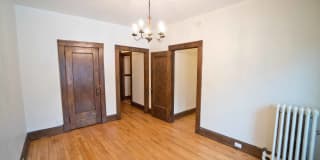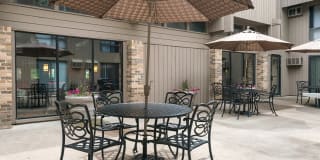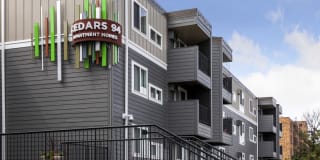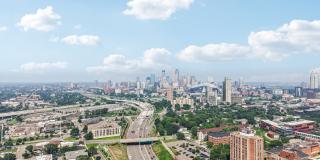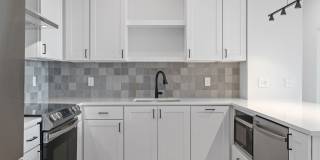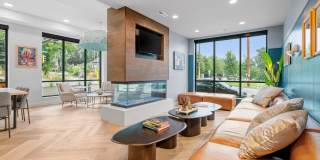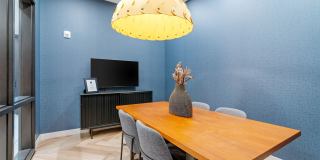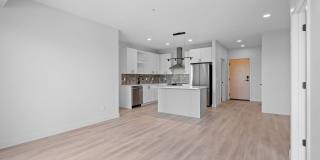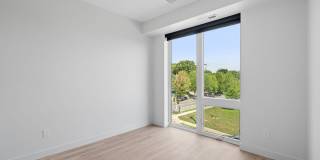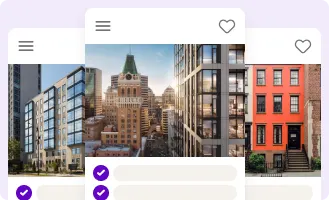
Apartment searching that doesn’t suck.
Apartment List transforms rental search into a guided journey — not an ad-driven scroll-fest. We help you move forward with clarity, ease, and confidence.
Minneapolis is a city that seamlessly blends urban living with access to nature. Renters can explore neighborhoods like Uptown or Northeast Minneapolis for trendy apartments near restaurants, breweries, and cultural attractions. Families often settle in areas like Linden Hills or Edina for their spacious homes and proximity to parks and lakes. Known as the “City of Lakes,” Minneapolis offers year-round outdoor activities alongside a thriving job market in healthcare, education, and tech industries.
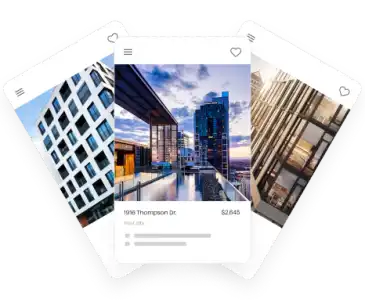


It’s everything the old way of finding an apartment isn’t.

Apartment searching that doesn’t suck.
Apartment List transforms rental search into a guided journey — not an ad-driven scroll-fest. We help you move forward with clarity, ease, and confidence.

Transparency and Support
Transparent info. Reliable support — text properties 24/7*. We obsess over peace of mind, not page views.

You Win, We Win Business Model.
Unlike traditional apartment search websites who get paid for clicks, we win when renters win.
| Personalized Matches | Personalized Matches: 'Available with Apartment List | Personalized Matches: Not available with other sites |
|---|---|---|
| Updated Listings** | Updated Listings**: 'Available with Apartment List | Updated Listings**: Not available with other sites |
| Built for Mobile | Built for Mobile: 'Available with Apartment List | Built for Mobile: Not available with other sites |
| Tour Instantly*** | Tour Instantly***: 'Available with Apartment List | Tour Instantly***: Not available with other sites |
| We Win When You Do | We Win When You Do: 'Available with Apartment List | We Win When You Do: Not available with other sites |
"Very efficient and user friendly search tool for finding your next home!"Tobi T.








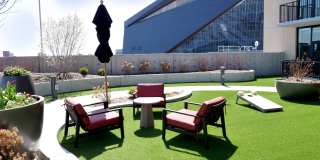
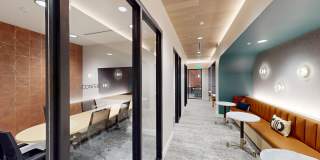

































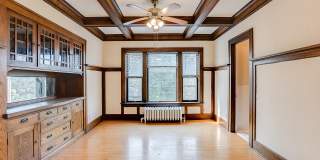



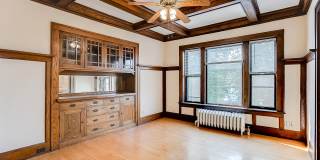























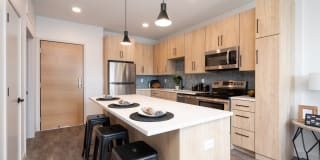




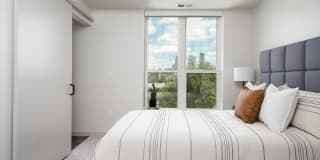










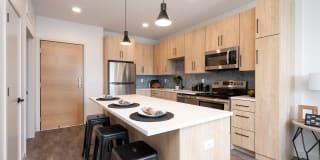








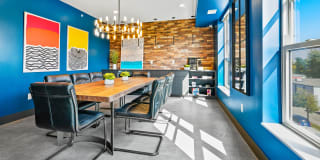

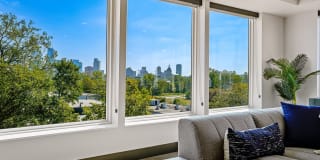
















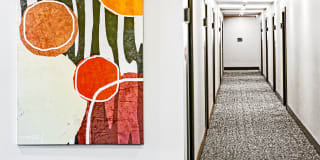




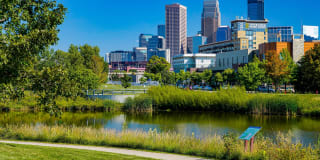













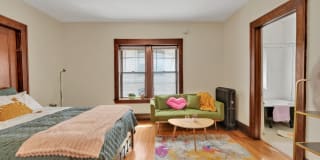



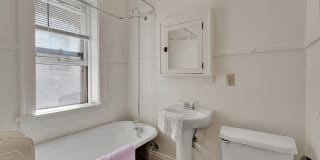

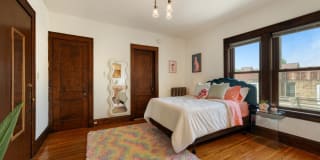


















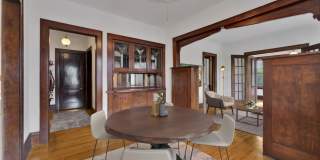
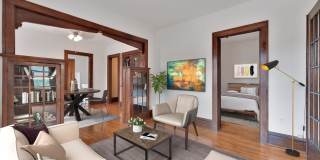


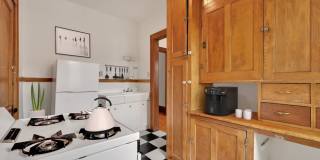

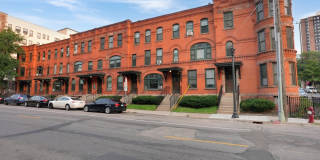






































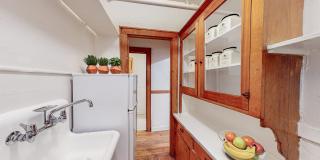
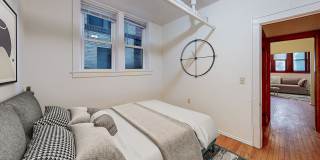

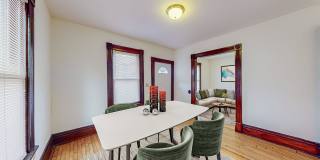










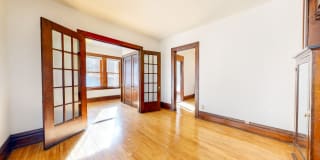
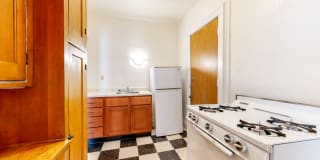


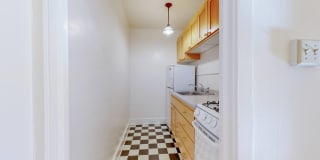





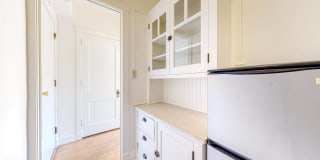






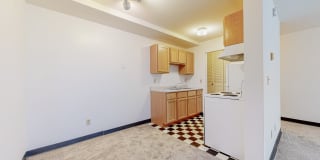



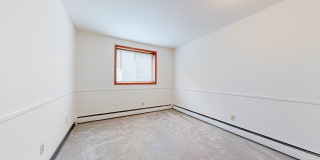









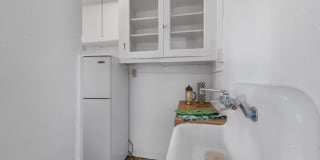





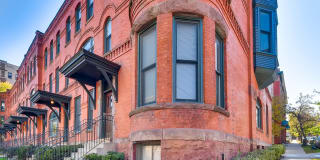









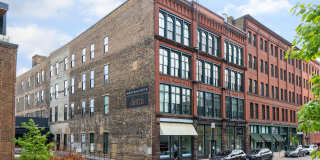





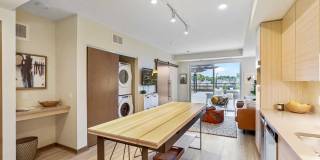

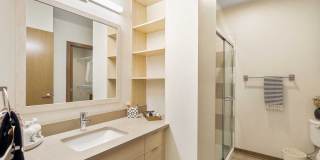











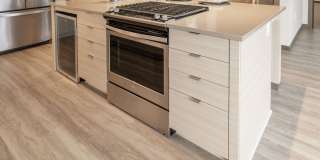











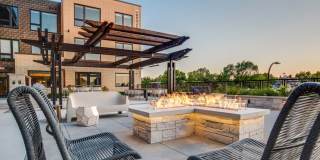










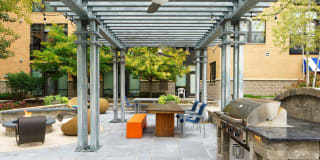
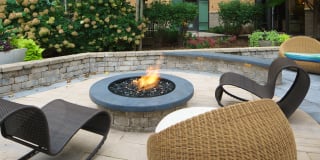














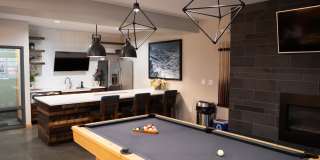

























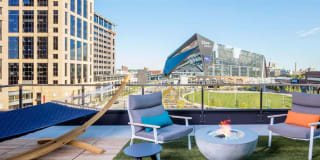

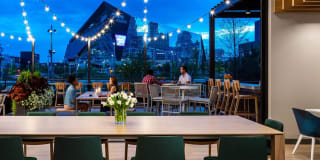































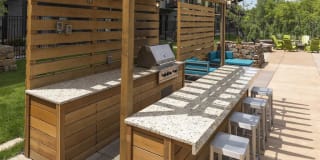



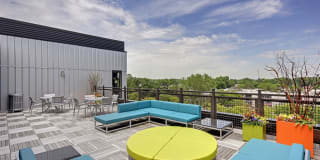



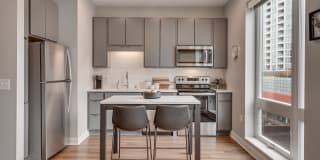


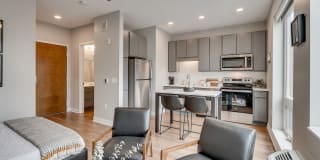





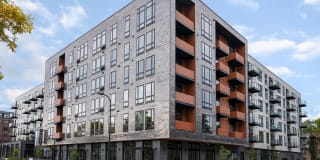


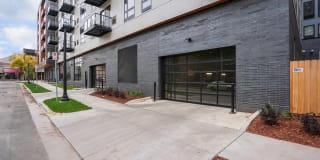








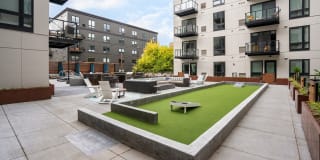





























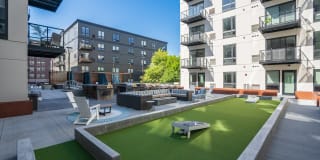











The average rent for a 1 bedroom apartment in Minneapolis, MN is $1,652+, while the average rent for a 2 bedroom apartment is $2,097+.
*Based on base prices that don’t include fees
Discover the optimal times to rent in your city based on seasonal market insights*, helping you make informed decisions and get the best value.
Minneapolis’s tech and healthcare sectors attract renters to Uptown, North Loop, and Dinkytown, with suburban areas offering more space for families. Revitalized neighborhoods are expanding rental options, and light rail access is increasingly important. Start early for unique or centrally located units.
Como Park defines this charming neighborhood where renters enjoy year-round attractions from summer zoo visits to winter conservatory escapes filled with tropical plants. Apartments and duplexes often feature unexpected vintage details like built-in bookcases and hardwood floors. Though winter parking restrictions require vigilance during snow emergencies, the neighborhood's excellent public transportation reduces car dependency. Renters appreciate the vibrant commercial district along Como Avenue where staff recognize regular customers at neighborhood coffee shops and restaurants.
Artsy vibe permeates MIA-adjacent studios with exposed ductwork. The Eat Street corridor offers 24/7 pho but homeless encampments cluster near I-35W underpasses. Bike thefts necessitate U-locks.
Located adjacent to downtown, Elliot Park blends historic buildings with newer developments just steps from major employers. Rental options range from renovated warehouse lofts to modern apartments in this diverse, evolving neighborhood. The area offers excellent access to both US Bank Stadium and Hennepin County Medical Center, making it particularly appealing to healthcare workers and sports enthusiasts, though the urban environment includes social service facilities affecting street activity in some sections.
Navigate apartment hunting and city life like a local with our curated articles about Minneapolis, Minnesota.


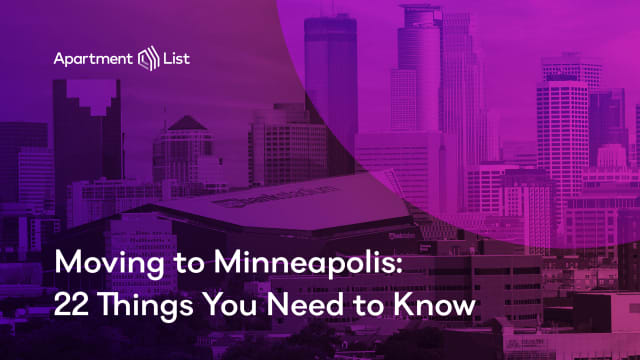
Apartment List has released Minneapolis’ results from the third annual Apartment List Renter Satisfaction Survey. This survey, which drew on responses from over 45,000 renters nationwide, provides insight on what states and cities must do to meet the needs of the country’s 111 million renters.
"Minneapolis renters expressed general satisfaction with the city overall," according to Apartment List. "They gave most categories above average scores."
